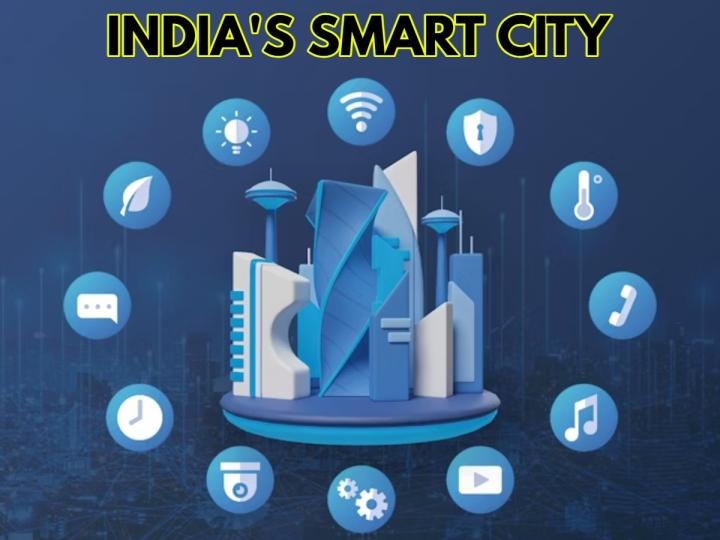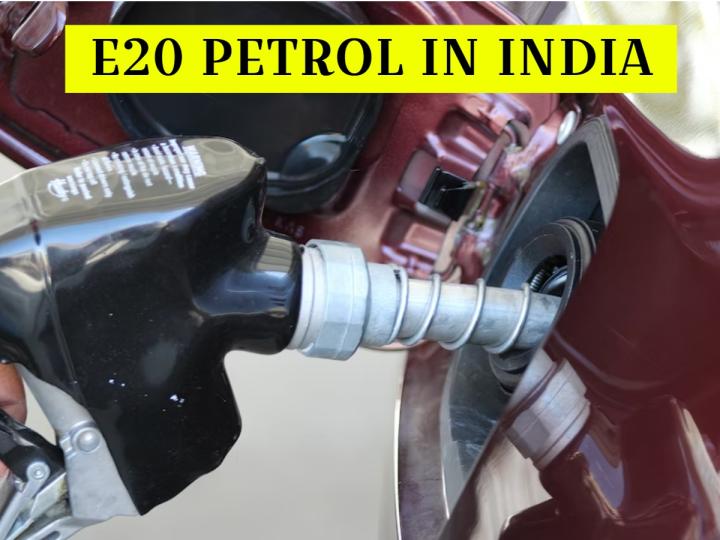
India is entering a new phase of urban transformation powered by 5G technology, Artificial Intelligence (AI), and the Internet of Things (IoT). With over 600 million people expected to live in cities by 2030, the country is racing to create smarter, safer, and more sustainable urban spaces through the Smart Cities Mission.
From real-time traffic monitoring in Bengaluru to IoT-enabled waste management in Indore and AI-driven healthcare kiosks in Pune, India is showing the world that developing nations can leapfrog into the future of connected living.
This is not just a story about technology—it’s about reshaping how cities operate, improving quality of life, and attracting massive investments across sectors such as real estate, fintech, clean energy, and mobility.
📌 Case Study:
In 2024, Ahmedabad implemented an AI-based smart traffic management system using 5G-enabled sensors and real-time analytics. The result? A 32% reduction in congestion and a daily commute shortened by nearly 18 minutes—a perfect example of how technology-driven cities can directly enhance productivity and wellbeing.
The Smart Cities Mission, launched by the Government of India, has become a cornerstone of the nation’s urban development strategy. The initiative envisions cities that use data and digital infrastructure to deliver efficient governance, sustainable services, and citizen-centric innovation.
Let’s explore the key pillars that make this revolution possible 👇
5G is more than just faster internet—it’s the nervous system of smart cities.
With its ultra-low latency and high-speed data transfer, 5G enables seamless communication between IoT devices, autonomous vehicles, and AI-driven city systems.
In cities like Delhi, Mumbai, and Bengaluru, telecom providers are deploying 5G networks that power:
Smart traffic lights and connected vehicles
Real-time air quality and pollution monitoring
Smart homes and automated building systems
This hyperconnectivity is helping Indian cities function more efficiently and predictably—reducing congestion, improving safety, and enhancing citizen experience.
AI is at the heart of India’s smart city revolution. From predictive policing and facial recognition to digital governance platforms, AI systems are transforming how cities manage their operations.
Examples include:
AI-based surveillance systems improving public safety
Chatbot-based citizen portals for quick access to municipal services
AI-driven urban planning models to predict population growth and infrastructure needs
Cities like Pune and Hyderabad are already deploying AI dashboards that analyze urban data in real time—ensuring proactive, not reactive, decision-making.
The Internet of Things (IoT) is what brings smart cities to life. Thousands of sensors collect data from roads, waste bins, buildings, and public spaces—turning everyday infrastructure into intelligent systems.
IoT applications in India include:
Smart waste management – Indore uses IoT-enabled bins to optimize collection routes and reduce costs.
Smart street lighting – Automated lights in Bhopal adjust brightness based on pedestrian movement.
Smart water grids – Real-time monitoring helps reduce leakage and wastage in Chennai and Pune.
Together, these systems save energy, cut costs, and make cities more livable and sustainable.
Smart cities are not just digital—they’re eco-friendly. India’s green urban infrastructure is expanding with the integration of renewable energy, EVs, and sustainable materials.
Key developments include:
Solar-powered smart grids in Gujarat and Karnataka supplying clean electricity
EV charging networks in metros like Delhi, Bengaluru, and Pune
Green buildings using smart energy management systems
These initiatives are helping India move closer to its net-zero emissions target by 2070, while making cities resilient to climate change.
The pandemic accelerated digital transformation in healthcare—and smart cities are leading the next phase.
IoT and AI are being used to monitor patients remotely, manage hospital resources, and improve emergency response times.
In Pune, AI-powered health kiosks provide real-time diagnostics in local communities. In Delhi and Hyderabad, IoT-based systems are tracking vaccination drives and medical inventory efficiently.
As connectivity expands, healthcare access becomes more inclusive—bridging the gap between urban and semi-urban populations.
India’s smart city model has become a template for developing nations looking to scale sustainable urban growth.
Countries in Africa, Southeast Asia, and the Middle East are studying India’s integration of 5G, AI, and IoT to replicate its success in their own cities.
Through technology partnerships and data-sharing initiatives, India is positioning itself as a global leader in scalable, low-cost smart infrastructure.
This leadership also enhances India’s global competitiveness—making it a magnet for international investors, tech companies, and infrastructure funds seeking sustainable urban solutions.
The 5G-powered smart city wave is unlocking multi-billion-dollar opportunities across diverse sectors:
Real Estate: Smart homes and connected buildings are reshaping urban housing demand.
Energy & Utilities: Solar, EV, and grid optimization startups are attracting large-scale investment.
Fintech & Governance: Digital identity and payment infrastructure support transparent governance.
AI & Data Startups: Predictive analytics and civic data management solutions are in high demand.
According to government projections, India’s smart city market could exceed $100 billion by 2030, fueled by public-private partnerships and growing consumer demand for sustainable living.
India’s 5G-powered smart cities represent far more than an infrastructure upgrade—they symbolize a new way of life where technology, sustainability, and innovation converge.
As government initiatives, startup innovation, and foreign investment align, India’s urban landscape will continue to evolve rapidly. By 2025, cities like Bengaluru, Pune, and Surat are expected to be among the smartest, most connected cities in Asia.
The next decade will see:
AI-managed public services becoming standard
Autonomous EVs navigating city streets
Green buildings and energy grids forming the core of new developments
Data-driven governance improving transparency and civic participation
India’s smart city revolution is reshaping not just its skyline, but its entire way of life.
By embracing 5G connectivity, AI innovation, and IoT integration, the country is building cities that are efficient, inclusive, and sustainable.
For investors, entrepreneurs, and policymakers, the message is clear — India’s urban future is not only digital; it’s smart, green, and globally competitive.
2025 marks the beginning of a new chapter — the era of intelligent cities, where technology serves people, and innovation builds better lives.
1️⃣ India’s Green Tech Revolution: Powering a Sustainable Future
2️⃣ Ola Electric: Driving the Future of Indian Mobility




